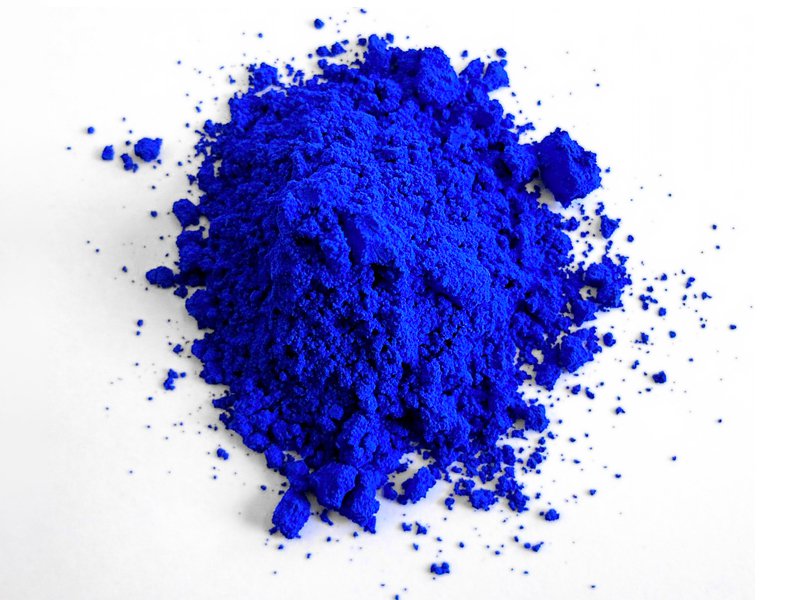
Combine yttrium, indium, and manganese, then heat and serve.The new blue was synthesized by chemists at Oregon State University.
YInMn Blue is the latest character in the weird history of the color blue.
The color you’re looking at in the unretouched photo above is a stunning new blue called “YInMn Blue.” It’s the first new inorganic blue pigment developed in hundreds of years. “YInMn Blue” is a contraction of Yttrium, Indium, and Manganese, and the pigment was invented by a team of chemists led by Mas Subramanian at Oregon State University (OSU).
YInMn = Brilliant Blue
Commercially known as Blue 513, YInMn Blue pigments are now available for use in industrial coatings, plastics, and artist color materials. Why is this important? Creating blue pigments for worldwide applications was no easy feat, but it was one that Shepherd Color has been committed to for a long time.
in May 2020, the United States Environmental Protection Agency (EPA) officially approved the punchy pigment, which is far more vivid than cobalt or Prussian blue, for commercial use, as Coatings World reported at the time.
The pigment was accidentally discovered because the right guy was in the lab at the right moment.
The discovery of YInMn Blue occurred when chemistry grad student Andrew Smith was heating manganese oxide to approximately 1200 °C (~2000 °F) to investigate its electronic properties. To his surprise, what emerged from the heat was a brilliant blue compound. Recalls Subramanian: “If I hadn’t come from an industry research background — DuPont has a division that developed pigments, and obviously, they are used in paint and many other things — I would not have known this was highly unusual, a discovery with strong commercial potential.”
More at BigThink
The government agency approved YInMn for use in industrial coatings and plastics in September 2017, but because testing for consumer use is far more rigorous, commercial paint manufacturers and artists alike faced a far longer wait. (To help color enthusiasts cope with the delay, Crayola introduced Bluetiful, a crayon inspired by the pigment, that same year.)

